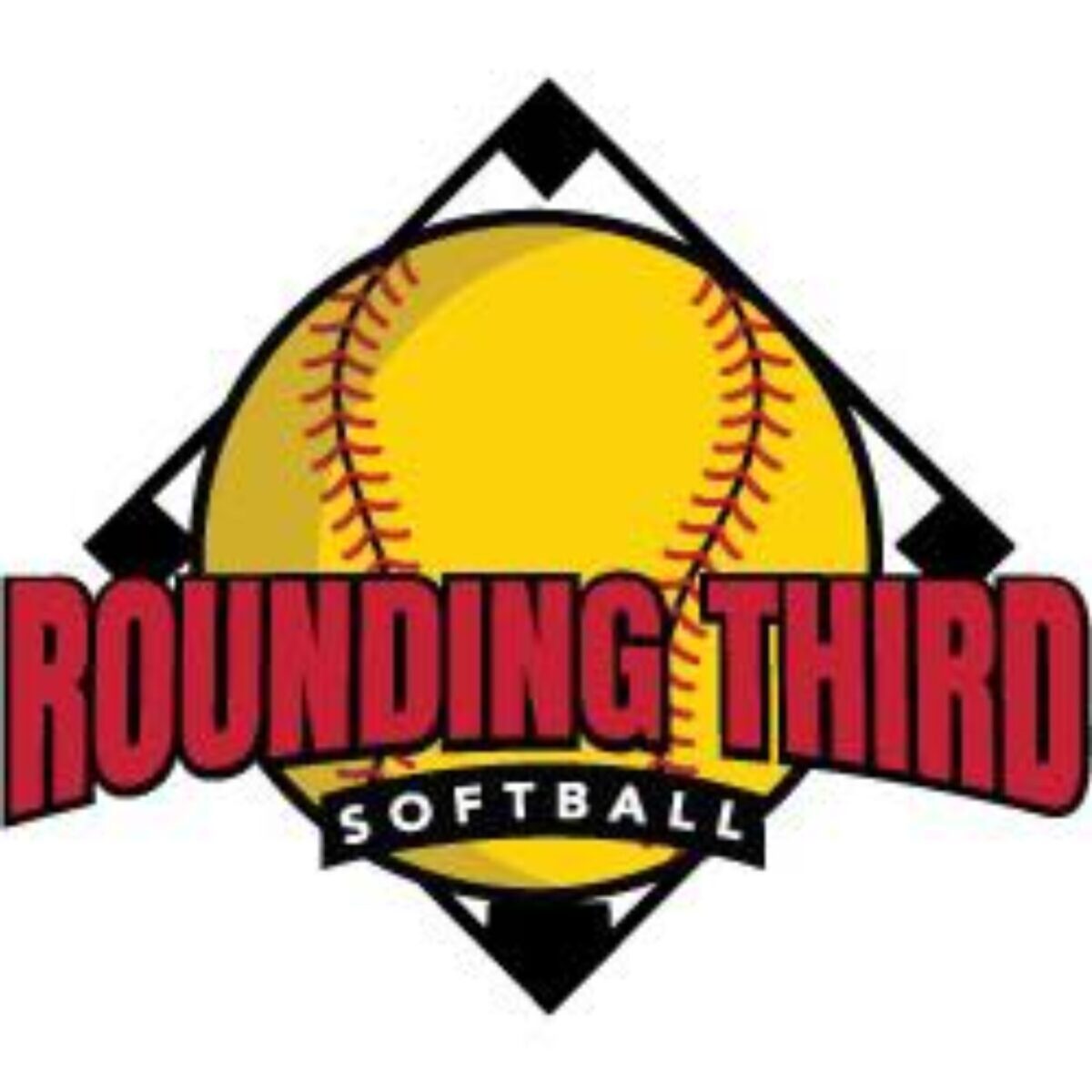Henderson State has announced the promotion of assistant coach David Martinez to head coach. Martinez has served on the Reddies Staff for the last four seasons under former coach Beth Jackson. He has also had coaching stops at Southern Miss and Delta State.
Wynn Named Associate Head Coach at Minnesota
Minnesota has named Carly Wynn associate head coach. She comes to the Twin Cities from Arizona State where she helped the Sun Devils to an appearance in the Women’s College World Series in 2018 and a 135-57 record over five seasons.
Nuveman Deniz Named SDSU Coach in Waiting
San Diego State has announced that associate head coach Stacey Nuveman Deniz has been named head coach in waiting. The former U.S. Olympian has spent 12 seasons on staff with the Aztecs and will take over for longtime head coach Kathy Van Wyk at the conclusion of her career. The move seems to have come on the heels of her flirting with Cal about their head coaching position earlier this month.
Pistole Returns to Southern Oregon
Southern Oregon has announced that National Champion Coach Jessica Pistole will return to the helm of the program. Pistole had left the Raiders after the 2019 Championship Season for the head coaching job at San Diego. She coached the Toreros for less than 10 months and was 15-12 in the abbreviated 2020 season.
Cal Maritime Names Yoder Director of Athletics
Cal Maritime has hired Karen Matteson Yoder as their new Director of Athletics. She joins the Keelhaulers after serving in the same capacity at Mission College. Yoder is also a veteran of the collegiate softball game having head coaching stops at UC Davis, Napa Valley College, UNC Greensboro, and Cal State Hayward.
2020 Canada Cup Cancelled
One of the most well known international softball events, the Canada Cup, has been canceled due to the COVID-19 Pandemic. The annual event was scheduled for July 3-12 in Surrey, British Columbia. This year had the most national and club teams ever registered in event history at 110. Organizers have already set the events return in 2021 for July 2-12.
Cal Alum Spencer Returns to Lead Golden Bears
California has announced that program alum and Texas Assistant Coach Chelsea Spencer will take the reigns in Berkeley. After some odd twists and turns in the search, the member of the 2002 National Championship squad returns home to coach the Golden Bears.
Draine Promoted to Head Coach at Coker
Coker has promoted assistant coach Mackenzie Draine to head coach. Draine was in her second stint as an assistant for the Cobras after coaching on staff at Cleveland State. Draine replaces Travis McCall that departed for an assistants position at USC Upstate.
Meadows Named Head Coach at Bishop State
Bishop State Community College has named Monica Meadows their new softball coach. Meadows served last season as an assistant coach at Nicholls State after a three year stint as head coach at Coastal Alabama Community College.
McDaniel Out as Tennessee Pitching Coach
Sources are reporting to RTS that longtime Tennessee Assistant Coach Marty McDaniel will not be returning to the program. McDaniel served the last 16 seasons overseeing a pitching staff that racked up 743 victories and seven appearances at the Women’s College World Series during his time with the Lady Vols.
